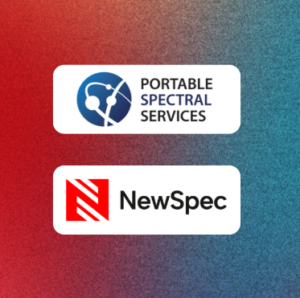
A Bright Future Ahead
Portable Spectral Services Announces Exciting Management Transition
Portable Spectral Services (PSS) are getting into the Christmas spirit as we scan a pair of vintage Australian postage stamps dated from 1973 using micro-XRF.
Figure 1. 1973 Australian Christmas stamps, designed by George Hamori. a) The baptism of Christ with the words “This is My Beloved Son”, b) The Good Shepherd with the words “I am the Good Shepherd”.
Designed by George Hamori, this issue of stamps was released to celebrate Christmas (1). The first stamp depicts the baptism of Christ with the accompanying words “This is My Beloved Son” (Fig. 1a). The second in the series depicts the Good Shepherd with the accompanying words “I am the Good Shepherd” (Fig. 1b). Both stamps were printed using a photogravure method on KP5D paper – chalk coated with Helecon.
The photogravure method first appeared in the 1830’s, however, became popular in the 1930’s. However cheaper, reliable and less labour-intensive methods such as lithography eventually replaced this method (2). The two Christmas stamps were analysed using the micro-XRF (μ-XRF), a powerful tool for performing surface elemental mapping at the micro scale, to identify elemental composition within the ink.
The Bruker M4 TORNADO micro-XRF instrument was used to produce an elemental map to identify elements associated with specific ink colours. The entire area (Fig. 1) of both stamps was analysed at a resolution of 100 µm (approximately the thickness of a strand of hair). Once complete, the elemental composition of the stamps were verified and mapped. From this analysis, four main pigment zones were identified in the stamps and the elements associated with these zones are outlined in figure 2. As shown below, identified elemental composition of the stamps includes, aluminium (Al), silica (Si), calcium (Ca), chromium (Cr), lead (Pb), zinc (Zn), copper (Cu) and titanium (Ti).
Figure 2 shows the chrome (Cr) and lead (Pb) forming the green background along with minor aluminium (Al) and silica (Si). It can also be observed the presence of elevated concentrations of aluminium (Al) and silica (Si) that form the blue of the trees and water. Titanium (Ti) was associated with the light blue clothes worn by the Shepherd and the light blue sections of the water. Titanium is also seen in light blue sections of the water, whereas in stamp B titanium is present in the purple pigments. In association with calcium (Ca), the titanium helps to enhance the vibrance of the greens and blues within the frame. Zinc (Zn) and copper (Cu) together was determined to create the appearance of gold associated with the two figures and background (previously observed in PSS’s 2020 Christmas article). It is likely the metallic paint was formed with a pigment of copper-zinc powder, which is referred to commercially
as a gold powder (3).
Figure 2. Scan area of a) The baptism of Christ with the words “This is My Beloved Son” (left), with identified elements mapped on the right (Al: red, Si: yellow, Cr: light purple, Pb: dark purple, Zn: light brown, Cu: light green, Ti: light blue, Ca: blue).
As seen in Figure 3., the chrome (Cr) and lead (Pb) form the orange hue of the tree trunks along with minor aluminium (Al) and silica (Si). Aluminium (Al) and silica (Si) contribute to the purple background of the stamp. Various concentrations of titanium (Ti) form the ripple effect associated with the purple background in association with calcium (Ca). Zinc (Zn) and copper (Cu) together gives the appearance of gold throughout the stamp.
Figure 3. Scan area of b) The Good Shepherd with the words “I am the Good Shepherd” (left), with identified elements mapped on the right (Al: red, Si: yellow, Cr: light purple, Pb: dark purple, Zn: light brown, Cu: light green, Ti: light blue, Ca: blue).
Prior to the 1970’s stamps were predominantly made using the intaglio method, where designs were recess-printed from copper and steel plates. These two Christmas stamps were manufactured in 1973 using the photogravure printing method which is a form of intaglio printing. This method allows for more defined richness in line and form of the stamp’s subject matter.
The main colours used in modern stamp production are black, yellow, magenta and cyan. However the photogravure method allows for a greater number of tones in the composition as a result of the larger variation in the depth of etch and quantity of ink used on the plate during printing. This variation can be observed in the two Christmas stamps that were mapped using the micro-XRF. In interpreting the elements present in the stamps, it can be confirmed that the photogravure method allows for more vibrant colours. This contrasts greatly to those colours observed in contemporary stamps printed today.
For more information on micro-XRF spectroscopy visit www.microxrf.com.au/. For more information on the Bruker M4 TORNADO micro-XRF visit here.
If you are interested in having your own sample analysed by micro-XRF, contact Portable Spectral Services at [email protected].

Portable Spectral Services Announces Exciting Management Transition
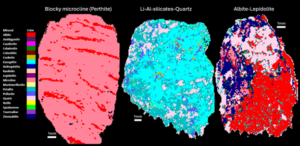
Our tool introduces uXRF (micro-X-ray fluorescence) scanning technology to RC chip analysis, enabling rapid, non-destructive, and quantitative analysis of major, minor, and trace mineral phases.
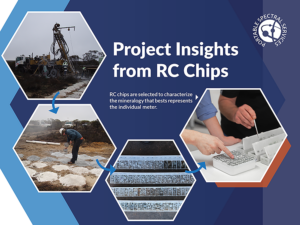
Automated micro-X-ray fluorescence (micro XRF) technology emerges as a powerful tool to rapidly and accurately capture the mineralogy of rock chip, RC and AC samples.

Findings of an ongoing regional evaluation study over concealed Proterozoic lithologies known to host magmatic nickel sulphides with potential to host other base-metal, gold and rare earth elements (“REE”) systems within the Fraser Range, Western Australia.
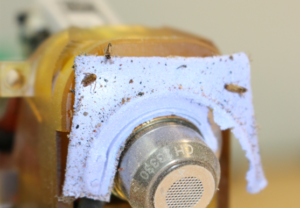
Findings of an ongoing regional evaluation study over concealed Proterozoic lithologies known to host magmatic nickel sulphides with potential to host other base-metal, gold and rare earth elements (“REE”) systems within the Fraser Range, Western Australia.
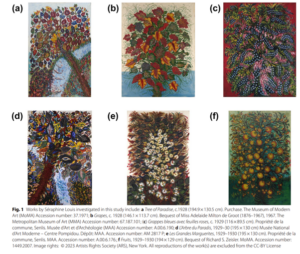
Findings of an ongoing regional evaluation study over concealed Proterozoic lithologies known to host magmatic nickel sulphides with potential to host other base-metal, gold and rare earth elements (“REE”) systems within the Fraser Range, Western Australia.
